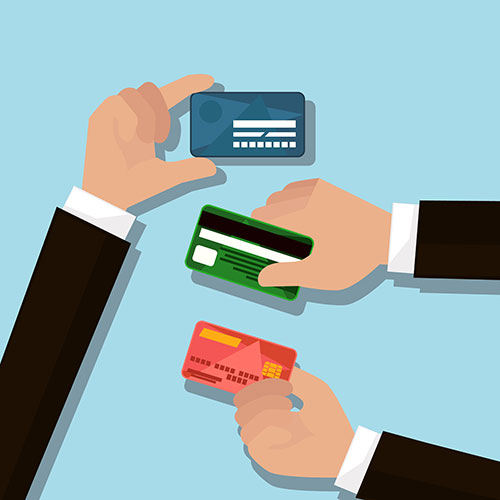The Science Behind Laser Engraving on Glass
A laser is an effective device for noting and etching on materials like metals, wood, and glass. But when collaborating with a weak product like glass, specific positioning of your style is important.
Unlike various other laser-marked materials, glass does not vaporize but fractures when subjected to laser warm. This offers the personalized surface area its particular look.
Localized Heating
The laser light communicates with the glass surface, triggering localized heating and potentially evaporation or ablation. This develops an engraved, frosted, or personalized look. Unlike inks and paint, laser noting marks are irreversible and do not discolor over time.
Laser engraving on glass is challenging due to the material's brittleness and susceptibility to thermal shock. The unexpected, fast temperature modifications produced by high laser power can trigger splitting and damage of the surface area.
To minimize this danger, laser engravers utilize water refrigerators to assist handle the warm and spread it uniformly over the surface area. Applying a moistening compound or concealing the surface also helps to decrease breaking and improve laser performance. In addition, lowering the laser power setting and increasing the engraving speed aid to keep a regular temperature level. Additionally, preventing subjecting the glass to hot air or water quickly after inscribing will certainly additionally lessen the threat of thermal shock and splitting.
Transparent Products
Various laser device types are offered, with each having unique wavelengths and power ranges. Some are able to produce high-contrast engravings on glass while others might call for added procedures to make sure ideal results.
For example, using a paper mask to shield the surface area of your workpiece from warm can help reduce damaging by dissipating the laser light beam's warm before it has a chance to impact the glass. In a similar way, using a thin coat of recipe soap can additionally lessen the amount of glass shards that are emitted after the laser procedure is full.
Finally, it is essential to keep the laser head at a regular rate throughout the entire process to stop sudden changes in temperature level that can result in cracking. Furthermore, a water-cooled laser system can additionally assist manage the influence of laser warmth on delicate materials such as glass. In addition, choosing to use a Jarvis dither pattern on your laser driver setups will divide the dots of your visuals, decreasing their overall warmth usage and impact on the product.
Precision
Laser engraving is just one of the most precise approaches for glass marking. It allows for high-grade, individualized gifts or organization applications such as personalized glassware for dining establishments that promotes brand name identification and quality.
Personalized glass is durable and able to endure everyday usage and cleaning, making it ideal for a range of applications. It also uses terrific versatility when it involves the design of patterns, photos, and text.
Guarantee you utilize the right sort of glass for your project and adjust your laser settings prior to starting. Various kinds of glass react in a different way to heat, and readjusting the laser power based on thickness aids avoid fracturing. Likewise, a water-chiller lowers temperature variations that result in cracking. Lastly, masking the surface area of your glass workpiece with a paper towel or a layer of meal soap can aid dissipate the laser warm and protect against breaking. It is additionally crucial to safeguard your glass workpiece with a jig to decrease motion that brings about misalignment.
Sustainability
Laser noting on glass is an environmentally friendly procedure that reduces using hazardous chemicals and supplies clear, irreversible high-resolution codes. This assists shield products versus tampering and counterfeiting while instilling confidence in consumers.
With a little preparation, laser inscription on glass opens up a world of opportunities for artists and makers alike. It is a cost-effective and sustainable choice to traditional inscription strategies such as sandblasting or etching lotions.
Before etching, it is necessary to preheat the glass. This assists restrict thermal shock and avoid splitting of the weak material. Maintaining the power setups low and utilizing a slower cool can also assist to stop glass cracking. Furthermore, a fume removal system can help eliminate smoke, dirt, and particle debris from sympathy engraved candle holder the office to maintain the working environment risk-free and tidy. As soon as your system is correctly established, it's an excellent idea to try out a couple of examples to find the very best setup for your details type of glass.

Comments on “Combining Calligraphy And Glass For Stunning Results”